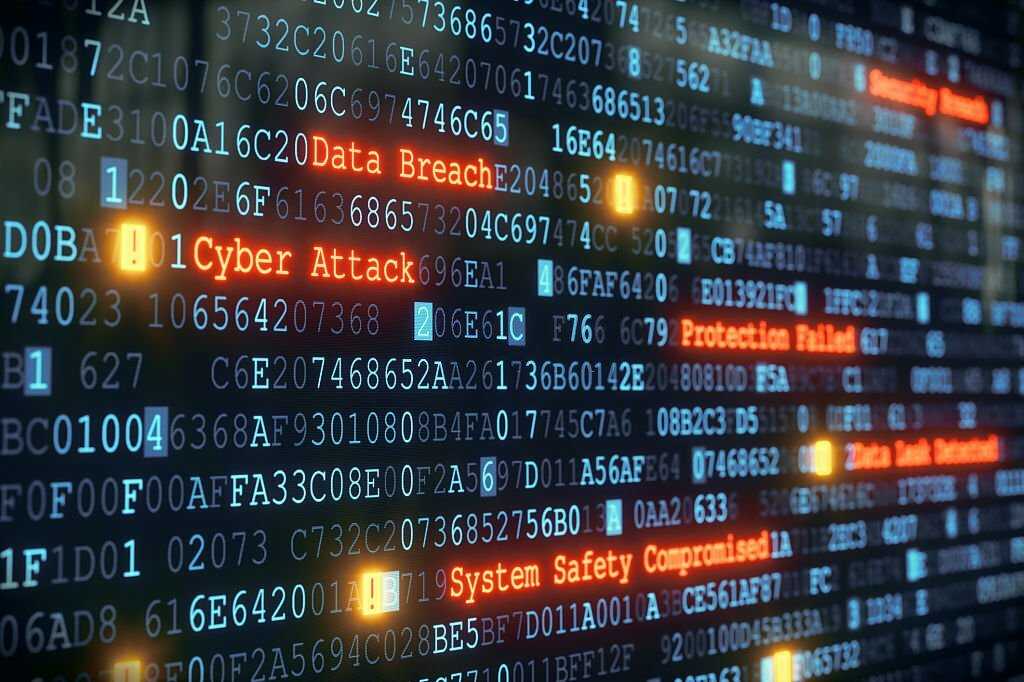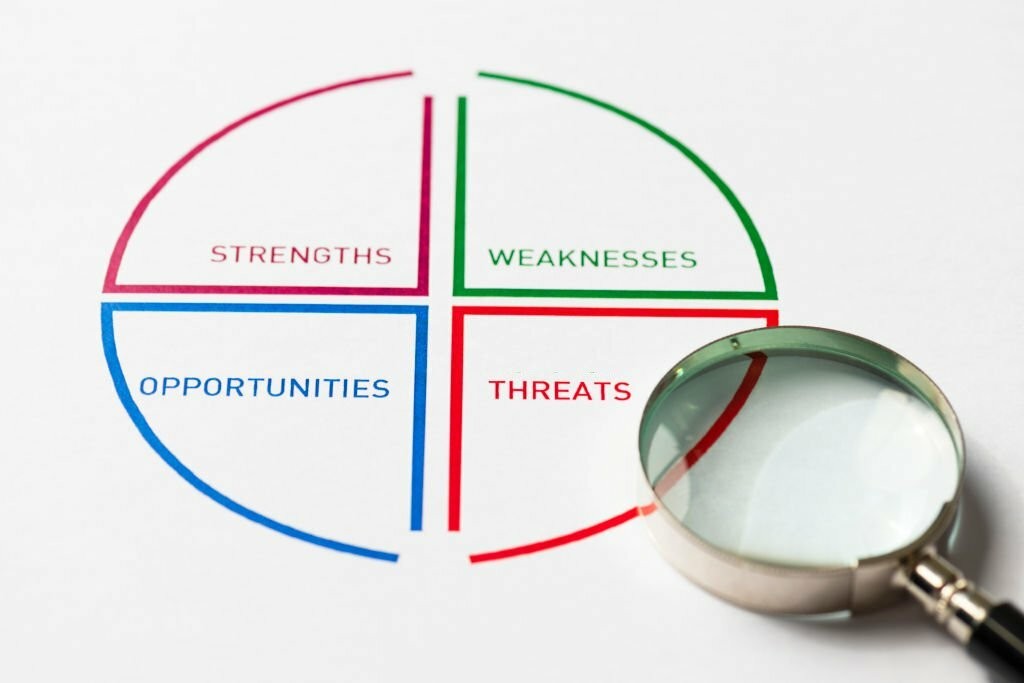Are you fascinated by the ever-evolving landscape of cybersecurity? Are you passionate about combating cyber threats and protecting organizations from potential breaches? If so, you might be on the path to becoming a Cyber Threat Intelligence Analyst, a role at the forefront of defending against digital adversaries. In this comprehensive guide, we will explore the world of cyber threat intelligence and equip you with the knowledge and insights necessary to pursue a career in this exciting field.
Why This Article is Worth Reading
In the digital age, where information is the lifeblood of businesses and individuals alike, cybersecurity has become more critical than ever. Cyber threats are a constant and evolving menace, making the role of a Cyber Threat Intelligence Analyst invaluable. This article aims to provide you with a deep understanding of the field, the analyst’s responsibilities, the skills required, and the steps to enter this profession. By the end of this article, you will have a clear roadmap to follow, whether you’re starting from scratch or looking to transition into the field of cyber threat intelligence.

Table of Contents
- Why This Article is Worth Reading
- 1. What Is Cyber Threat Intelligence?
- 2. The Role of a Cyber Threat Intelligence Analyst
- 3. Becoming a Cyber Threat Intelligence Analyst
- 4. Types of Threat Intelligence
- 5. Threat Intelligence Feeds and Sources
- 6. The Intelligence Lifecycle
- 7. Techniques and Procedures
- 8. Cyber Threat Intelligence Careers
- 9. Skills and Qualities of a Cyber Threat Intelligence Analyst
- 10. Challenges and Emerging Threats
- Conclusion: The Path to Becoming a Cyber Threat Intelligence Analyst
- FAQs
1. What Is Cyber Threat Intelligence?
Cyber Threat Intelligence is the proactive, data-driven approach to identifying, analyzing, and mitigating cybersecurity threats. It involves collecting, analyzing, and disseminating information about cyber threats to enable organizations to prepare for, detect, and respond to potential security incidents effectively. The primary goal is to provide actionable intelligence that helps an organization safeguard its digital assets and maintain its cybersecurity posture.
2. The Role of a Cyber Threat Intelligence Analyst
What does a threat intelligence analyst do?
A Cyber Threat Intelligence Analyst plays a pivotal role in the security operations center (SOC). They are responsible for monitoring and analyzing potential security threats, both known and emerging. This involves:
- Detecting Threats: Identifying potential security threats through various sources of data, including logs, alerts, and external threat feeds.
- Analyzing Data: Scrutinizing data to differentiate between false alarms and actual threats. This requires an understanding of common attack vectors and threat indicators.
- Generating Alerts: Creating alerts and reports to inform the security team and key stakeholders about the identified threats.
- Investigating Incidents: When a threat is confirmed, the analyst investigates further to determine the extent of the breach and its potential impact.
- Mitigating Threats: Recommending and implementing strategies to neutralize or mitigate the threat, working closely with the incident response team.
3. Becoming a Cyber Threat Intelligence Analyst
Educational qualifications
While there is no specific degree required, a background in cybersecurity, information security, or a related field is advantageous. Many professionals in this field hold bachelor’s or master’s degrees in these areas. Additionally, a degree in a relevant field provides you with a foundational understanding of cybersecurity and information security, which is essential for a threat intelligence analyst.
Certifications and training courses
To excel in this field, consider pursuing certifications such as Certified Threat Intelligence Analyst (CTIA). These certifications validate your expertise and make you a more appealing candidate to employers.
Gaining practical experience
Building a career in cybersecurity typically requires experience. Many entry-level positions, like security operations center (SOC) roles, can serve as stepping stones to becoming a cyber threat intelligence analyst. Practical experience will not only enhance your skills but also help you establish a network of contacts within the industry.
4. Types of Threat Intelligence
Understanding the different types of threat intelligence is crucial for a threat analyst. These types are typically classified based on the level of detail and context they provide:
Strategic Intelligence
Strategic intelligence offers a high-level view of potential threats. It helps organizations develop long-term security strategies and policies. This type of intelligence focuses on the bigger picture, including the organization’s threat landscape and potential risks.
Operational Threat Intelligence
Operational threat intelligence is more focused on day-to-day security operations. It provides information about current threats, vulnerabilities, and attacks, allowing organizations to take immediate action to protect their systems.
Tactical and Operational Intelligence
Tactical and operational intelligence offers specific details about threats, including tactics, techniques, and procedures (TTPs) used by cybercriminals. This type of intelligence is valuable for security teams actively defending against threats.
5. Threat Intelligence Feeds and Sources
Where do cyber threat intelligence analysts obtain the data they need to perform their tasks? There are various sources and feeds that contribute to their information pool:
Open Source Intelligence (OSINT)
OSINT is an invaluable source of intelligence information. It involves collecting data from publicly available sources, such as websites, social media, and news articles. OSINT helps analysts stay informed about potential threats and vulnerabilities that are openly accessible.
6. The Intelligence Lifecycle
The intelligence lifecycle is a structured approach to managing the flow of information from collection and analysis to dissemination and feedback. The cycle typically consists of several stages:
- Planning and Direction: Setting goals and defining what information is needed.
- Collection: Gathering relevant data from various sources.
- Processing and Analysis: Sorting, filtering, and analyzing the collected data to derive meaningful insights.
- Dissemination: Sharing the analyzed intelligence with relevant stakeholders.
- Feedback: Evaluating the effectiveness of the intelligence and making adjustments to the process as necessary.
7. Techniques and Procedures
Threat Hunting Strategies
Threat hunting is a proactive approach to identifying security threats that have bypassed traditional security measures. Analysts actively search for signs of malicious activity within an organization’s network.
Common Tactics, Techniques, and Procedures (TTPs)
Understanding TTPs is essential for a threat intelligence analyst. These are the methods and practices employed by threat actors. By recognizing TTPs, analysts can better identify and respond to threats effectively.

8. Cyber Threat Intelligence Careers
Career prospects
The demand for cyber threat intelligence analysts is on the rise. Organizations across various industries are recognizing the need to bolster their cybersecurity efforts, making this field one of the most promising in the world of information security.
Working within an organization
Many analysts work in-house, providing threat intelligence directly to their organizations. They collaborate closely with security teams, incident response teams, and other key stakeholders.
The Security Operations Center (SOC)
A SOC is the nerve center of an organization’s cybersecurity efforts. It’s where analysts monitor the network, detect threats, and respond to incidents. Analysts often work within a SOC, which is a hub of constant activity and vigilance.
9. Skills and Qualities of a Cyber Threat Intelligence Analyst
Communication Skills
Effective communication is crucial in the role of a threat intelligence analyst. Analysts must be able to articulate complex technical information in a clear and understandable manner, as they often need to convey the urgency of a threat to non-technical stakeholders.
Analytical Skills
Analytical skills are at the core of this profession. Analysts need to dissect data, identify patterns, and draw meaningful conclusions. These skills are vital for making accurate assessments of threats.
Risk Assessment
Evaluating the potential impact and likelihood of threats is a critical aspect of the job. Analysts must be able to assess risks and prioritize their efforts accordingly.
10. Challenges and Emerging Threats
Ransomware and Other Evolving Threats
The threat landscape is constantly changing. Ransomware attacks, in particular, have become more sophisticated and devastating. Staying ahead of these evolving threats is a perpetual challenge for threat intelligence analysts.
Data Protection and Security Issues
As organizations increasingly rely on data and technology, protecting their assets and information is of paramount importance. Analysts play a crucial role in safeguarding data and addressing security issues that could have far-reaching consequences.
Conclusion: The Path to Becoming a Cyber Threat Intelligence Analyst
In the world of cybersecurity, where cyber threats are continually evolving, the role of a Cyber Threat Intelligence Analyst is indispensable. This guide has illuminated the path to becoming one, covering essential topics from the nature of the work and educational qualifications to the skills required and the challenges you may face.
To sum it up, here are some key takeaways:
- Cyber threat intelligence is essential for safeguarding digital assets.
- A threat intelligence analyst’s role involves detecting, analyzing, and mitigating potential threats.
- Qualifications, certifications, and practical experience are essential for entering this field.
- Different types of threat intelligence provide varying levels of context.
- Open-source intelligence is a valuable source of information.
- The intelligence lifecycle is a structured approach to managing intelligence information.
- Threat hunting and understanding TTPs are key analytical skills.
- Communication, analytical, and risk assessment skills are crucial for success.
- Emerging threats like ransomware pose ongoing challenges in the field of cybersecurity.
Becoming a Cyber Threat Intelligence Analyst is not just a career choice; it’s a mission to protect organizations and individuals from the ever-present dangers of the digital world. So, if you’re passionate about cybersecurity and ready to take on the challenge, your journey begins here. Equip yourself with the knowledge and skills needed to make a real impact in the world of cyber threat intelligence.

FAQs
A Cyber Threat Intelligence Analyst is responsible for monitoring, identifying, analyzing, and mitigating potential cybersecurity threats to an organization. They provide actionable intelligence to safeguard digital assets.
While there is no strict educational requirement, having a background in cybersecurity, information security, or a related field is advantageous. Many professionals in this field hold bachelor’s or master’s degrees in relevant areas.
Certifications such as Certified Threat Intelligence Analyst (CTIA) can validate your expertise and make you a more appealing candidate to employers.
Entry-level positions like roles within a Security Operations Center (SOC) are a common starting point. Practical experience will not only enhance your skills but also help you build a network within the industry.
